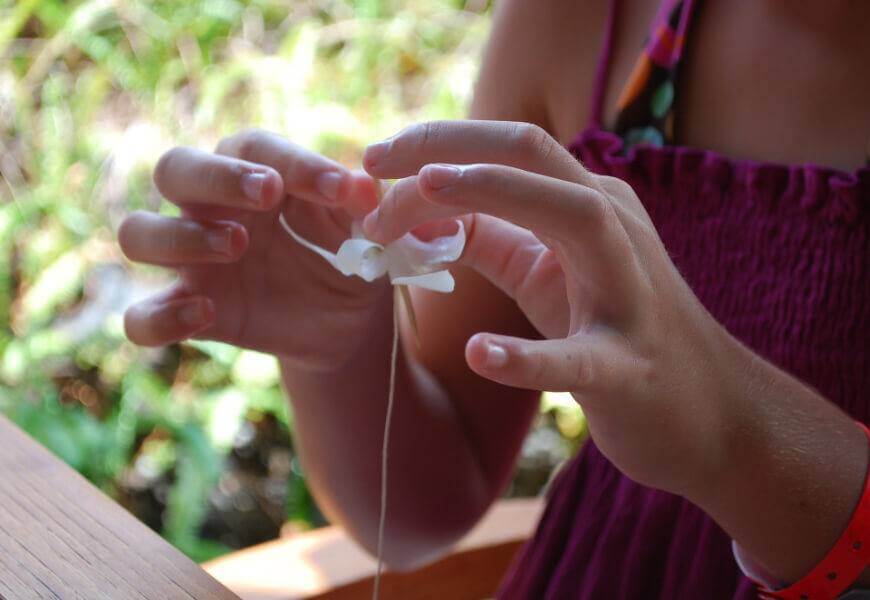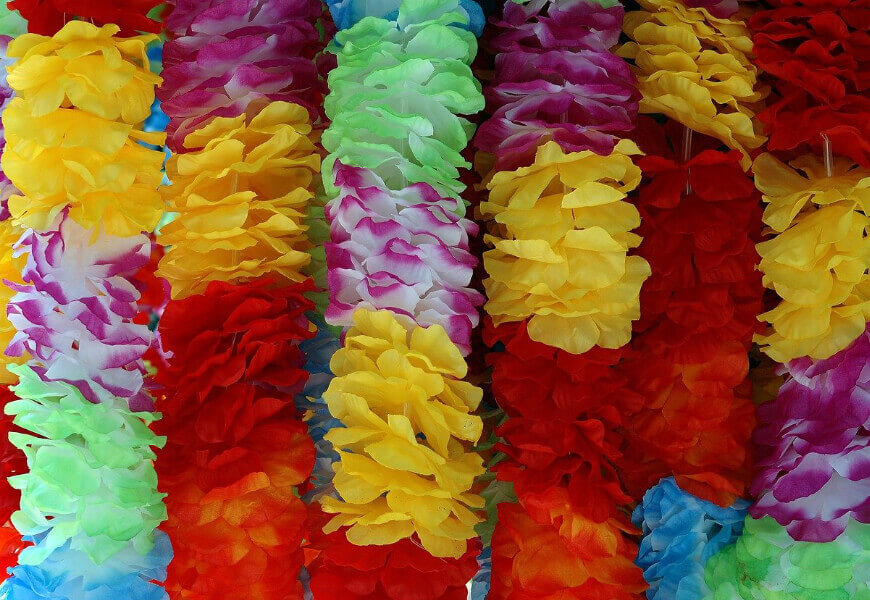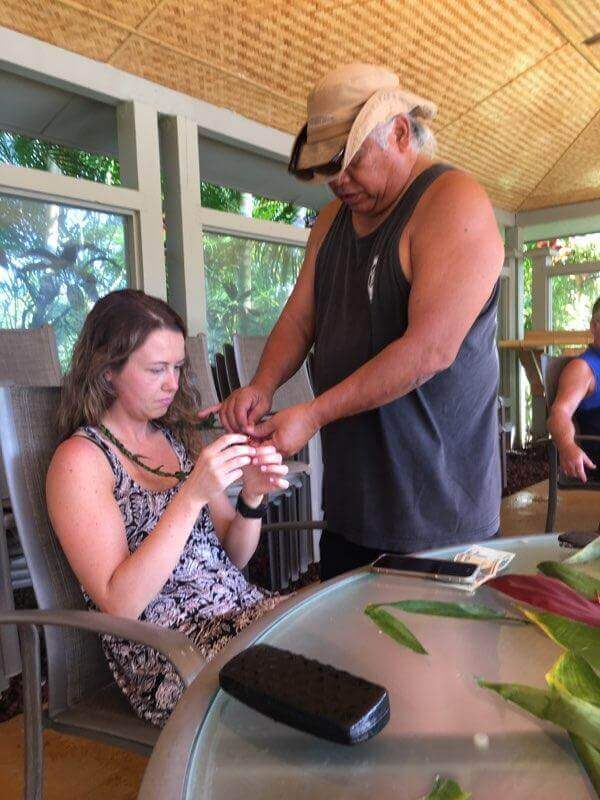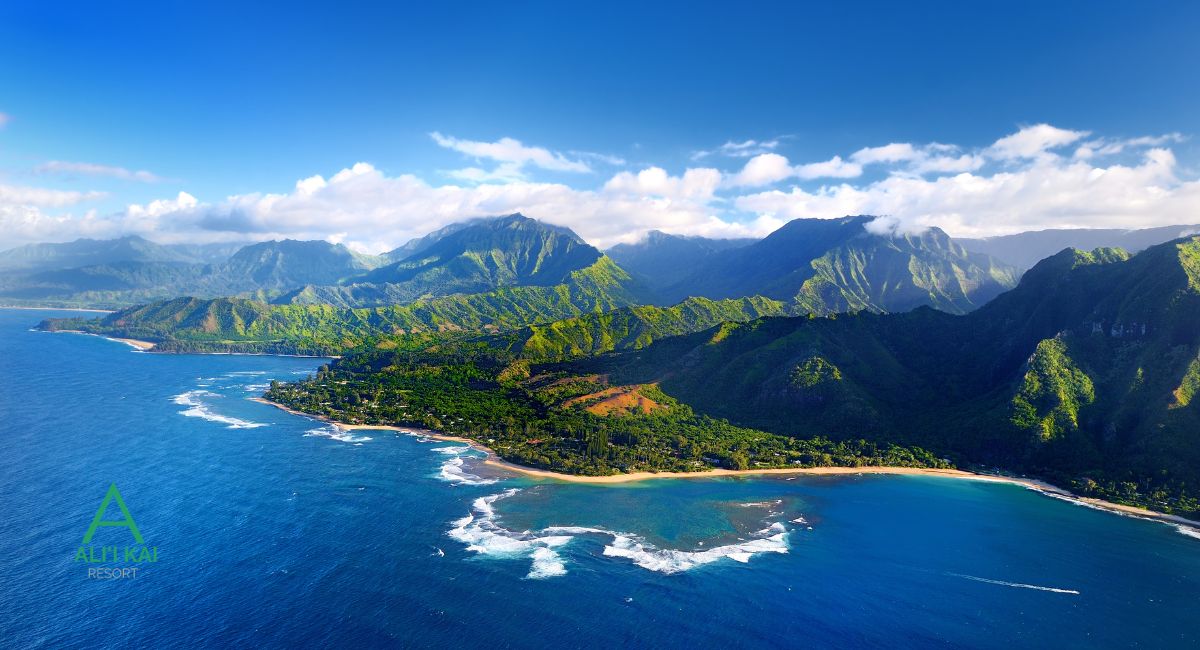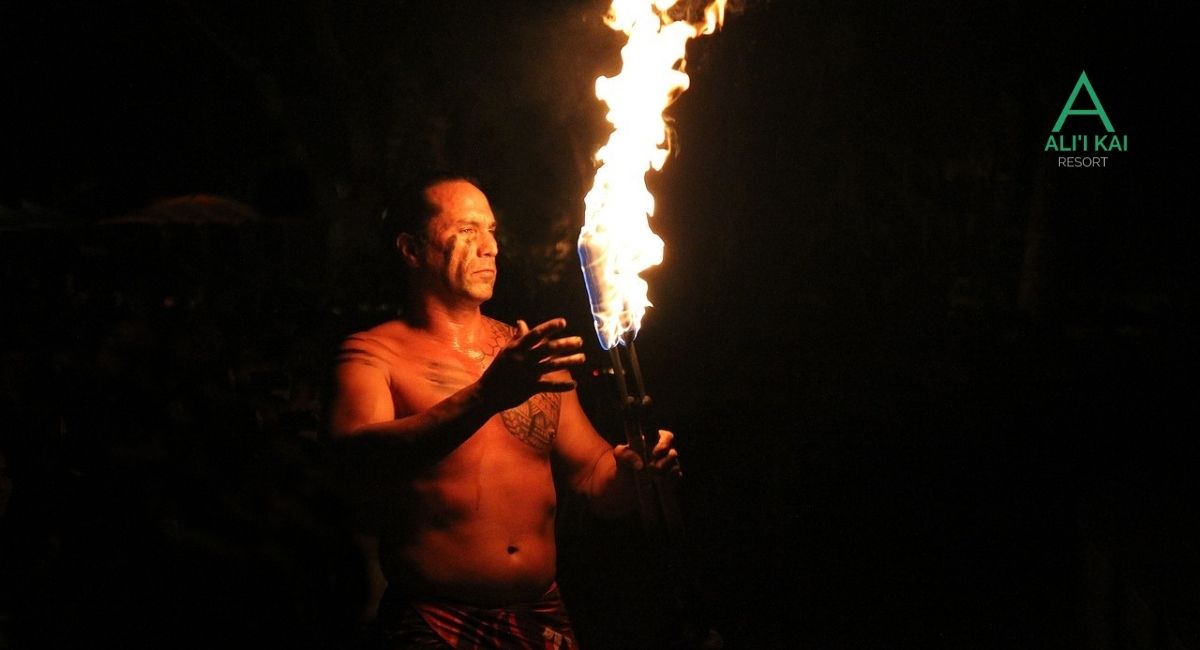One of the most famous symbols of Hawaiian culture is the flower lei, a garland or wreath often presented upon arrival or departure as a sign of affection, honor and friendship. Colorful, fragrant, exotic and magical, receiving a flower lei is always a special event.
Throughout the Hawaiian islands, whenever there is a big occasion, families and friends will come together to make leis for the celebration. It is a wonderful time for story-telling and sharing ancient culture and personal experiences.
Worn today by men, women and children, it is believed that leis were brought to Hawaii by the ancient Polynesians. They were used by these native Hawaiians to signify rank and to honor their gods as part of their religion. So important are they to Hawaiian culture that on the first of every May, Lei Day is celebrated to respect the act of lei making and the customs that surround it.
Begun in 1927, poet Don Blanding and columnist Grace Tower Warren came up with the phrase, “May Day is Lei Day”. Each island is symbolized by a specific type of lei and a color. For guests staying at Ali’i Kai Resort in Kauai, the color of the island is purple and the favored leaf comes from the mokihana tree with its fragrant berries.
One of the customs surrounding leis is how it is given. Traditionally, a lei is given by bowing slightly and raising it above the heart so the recipient can take it. This is because raising one’s hands above another’s head or touching the face or head is considered disrespectful.
The history of lei making in Hawaii
Another custom concerns what you do with leis when you have finished with them. They should never be thrown into the garbage but returned to the place where they were gathered. If this is not possible, they should be returned to the earth by hanging them from a tree or burying them.
TIP: Leaving a flower lei on a window sill to dry, so the aroma fills the room, is a great way to enjoy the lei for longer.
Leis made today come in all shapes and sizes. Some of the flowers have large blossoms, while others are much smaller, requiring hundreds of blooms to make a single strand. The most popular flowers used include:
- Plumeria (called the Melia in Hawaiian)
- Mock Orange (Walahe’e Haole)
- Hibiscus (‘Ilima)
- Bougainvillaea (Kepalo)
- White Ginger (‘Awapuhi ke’oke’o)
- Gardenia (Kiele)
- Tuberose (Kupalo)
- Stephanotis (Male)
- Poinciana (Ohai Ali’i)
- Orchid (‘Okika)
- Arabian Jasmine (Pikake)
- Roses (Loke)
There are eight common techniques to make a Hawaiian lei. The most popular is the Kui, a piercing stitch with a needle that strings the blooms onto a thread. This is the type most tourists to the islands are most familiar with and tends to use plumeria, rose and carnation.
Other techniques include the Haku, a three-ply broad incorporating other materials; the Hilo, which comprises two strands twisted to form a rope; and the Hipu’u, which is similar to a daisy chain.
Guests at Ali’i Kai Resort can experience the joy of making their own ti-leaf lei during our lei-making classes in the pavilion. They take place every Wednesday from 9:30 am and cost $10 per person. You can find out more at our complimentary island orientation and breakfast every Sunday.
Image by golfdogs from Pixabay
Image by Paul Brennan from Pixabay

